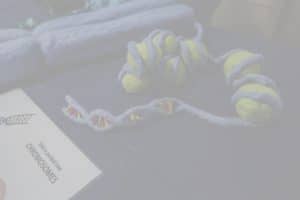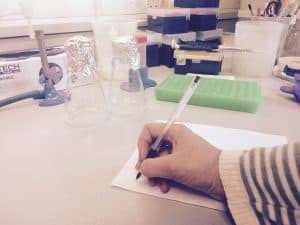It is posible that with Christmas aproaching you will have the chance to go to a toy store. It is likely that if you do you might find that the toys are displayed in a certain way, with shelves stalked with pink items covering very narrow themes and other shelves without pink items covering slightly less narrow themes. And although there might not be a written sign saying so, each shelve will be targeting girls or boys. I suggest the following experiment: try finding where are the toys related to Science, Technology, Engineering or Mathematics (STEM). The majority of STEM toys are regarded as “for boys and not for girls”. This diminishes the exposure and opportunity to develop STEM related skills in girls and shrinks their chances of feeling at ease in these areas. Only 13% of STEM professionals in the UK are women. Is this just coincidence? STEM related jobs contribute to the GDP of a country. Its importance is so that both the White House in USA and the House of the Commons in the UK are finding ways to encourage that more women and people of etnic minorities study and work in STEM. There is great need to have more STEM professionals and it is absurd to waste talent.
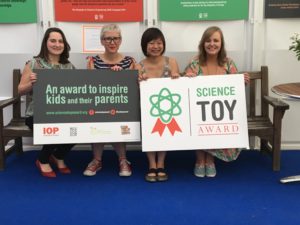 For the last three years I have been working as a researcher in biotechnology at Imperial College, and in this time I have been promoting interest in STEM through toys. Together with a group of scientists and engineers, we have organized the Science Toy Award that charters STEM toys.
For the last three years I have been working as a researcher in biotechnology at Imperial College, and in this time I have been promoting interest in STEM through toys. Together with a group of scientists and engineers, we have organized the Science Toy Award that charters STEM toys.
Our supporters and funders are Imperial College, the Science Museum London, the Society of Spanish Researchers in the UK (SRUK) , The Institute of Physics and the charity Let Toys Be Toys. We have organized the Science Toy Award because we believe that learning throuh play might help challenge the perception that sciences are just for boys, that they are too academic, too difficult and just suitable for genius. We believe that science is suitable for everyone.
Our aim is not to sell toys, but to highlight the importance that the environment has on our motivations, interests and also on how it shapes our career choices. A scientist or an engineer is a product of an environment where certain interests have been nurtured. Nobody is born a scientist or an engineer.
International toy manufacturers ran for the Science Toy Award 2016. Members from our supporting scientific societies and institutions and charities composed the expert jury panel. They preselected three finalists and gave two toys special mentions. The criteria for this selection consisted in having toys that were inclusive, economic, open ended, aimed at a primary school audience, engaging, that would encourage exploration, curiosity and play and that they tought STEM through play.
These toys received the jury’s special mention:
- KIBI Textures is a product from KIBI Toys,a Spanish company that encourages exploration and trains tactile memory. Children practice memory, concentration and speed.
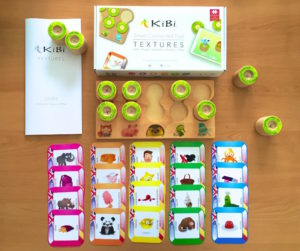
- Plüi Rain Cloud from Möluk is a bath toy in the shape of a cloud, that works in a similar way to a pippette, and helps understand the water cycle.
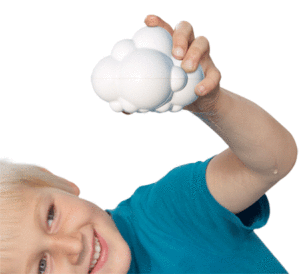
The finalists are:
- Numbler Rumbler by Maths on Toast. It is a card game that helps develop numerical concepts, and encourages to practice arithmetics through play.
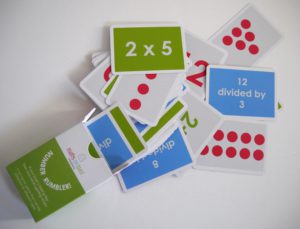
- CodeMaster a board game that by passing through increasingly more demanding levels, helps practice the logic steps that are needed for computer programming without needing a computer to do this.
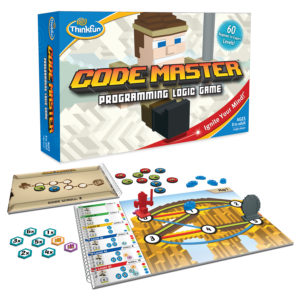
- Maker Studio is a game designed by engineers for bidding engineers. Its aim is to inspire through imagination the love for engineering. It is box set with engineering pieces but requires the child to attach those pieces to recycled materials in order to construct things. It combines “build-do-explore”. It encourages to construct things by problem solving using creativity.
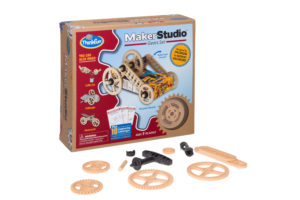
We took the three finalist toys to five schools around London, with students from diverse backgrounds. A total of 145 primary school students had the chance to try the toys, play with them and vote for their favourite. Scientists and engineers volunteered to bring the toys to the schools. This time the science outreach consisted in playing. The childrens response was fantastic, their enthusiasm and imagination contagious.
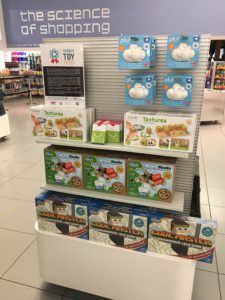 After a tight results, the majority of votes was for Code Master, the winner of the Science Toy Award 2016. A game that according to his inventor Mark Engelberg, Mathematics and Computational Science profesor, this game helps do the mental logic steps needed for computer programming. This ability predicts the rate of success of the student in Computer Science. The winner together with the finalists and special mentions can be found. Among other retail stores, at the Science Museum shop.
After a tight results, the majority of votes was for Code Master, the winner of the Science Toy Award 2016. A game that according to his inventor Mark Engelberg, Mathematics and Computational Science profesor, this game helps do the mental logic steps needed for computer programming. This ability predicts the rate of success of the student in Computer Science. The winner together with the finalists and special mentions can be found. Among other retail stores, at the Science Museum shop.
We were inspired by the African proverb “It takes a village to raise a child”, we coordinated Toy Manufacturers, scientific societies and institutions, museums, schools, charities along with scientists and engineers for this Project.
We hope that in the future there is more diversity in STEM related jobs, because Science in for everyone.
By Dr Andrea Alenda González, Research Fellow in Medical Devices, Centre for Bioinspired Tecnology, Imperial College London. Founder and co-organizer of the Science Toy Award. SRUK London constituency.
Additional information: Science Toy Award
Supporters:
The Institute of Physics
Let Toys Be Toys
The Society of Spanish Researchers in the UK
Imperial College London
The Science Museum London
Toy Manufacturers:
Moluk Plui
KIBI Toys Textures
ThinkFun MakerStudio
Maths on Toast Number Rumbler
CodeMaster ThinkFun



